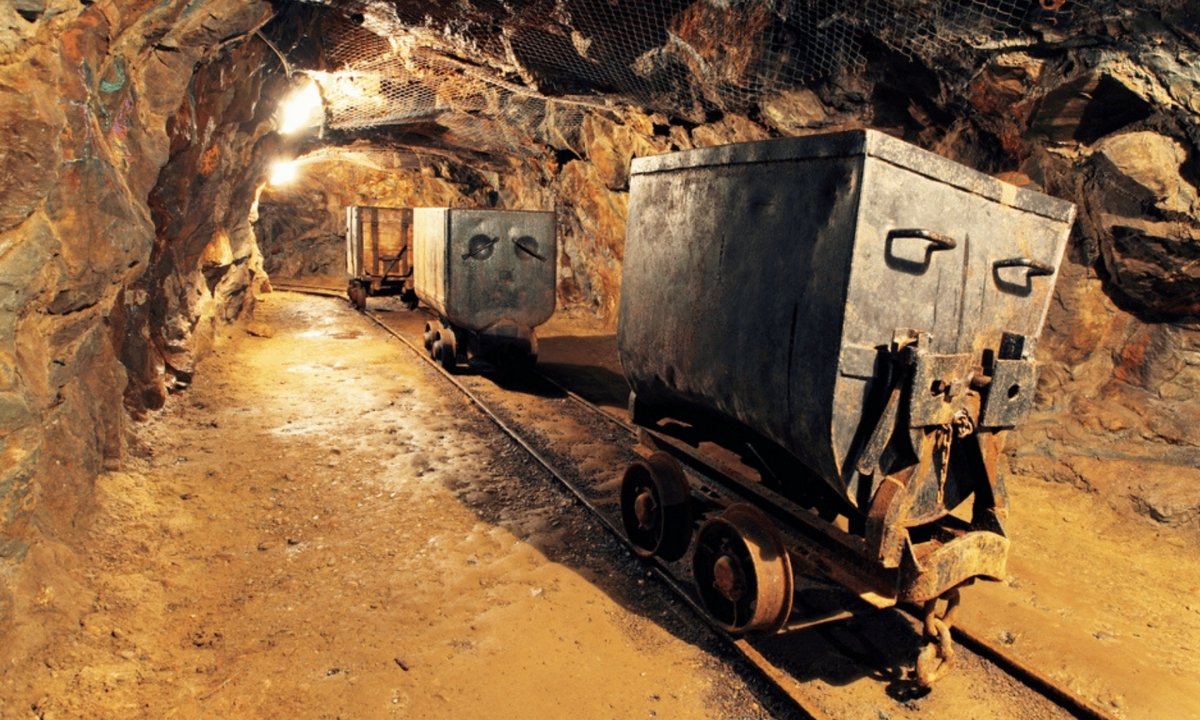Montana’s Hidden Chinese Mining Tunnels

Have you ever wondered about the hidden stories beneath Montana's rugged landscape? Montana's Chinese mining tunnels hold secrets from a bygone era. During the late 1800s, Chinese immigrants flocked to Montana, drawn by the promise of gold and a better life. They built intricate tunnel systems to mine for precious metals, creating a hidden world beneath the surface. These tunnels, often overlooked, tell tales of hard work, perseverance, and cultural heritage. Exploring these underground passages offers a unique glimpse into the lives of the Chinese miners who played a crucial role in Montana's mining history. Ready to uncover this hidden chapter?
Montana's Hidden Chinese Mining Tunnels
Montana's history is rich with tales of gold rushes, mining booms, and the hardworking people who sought fortune in its rugged landscapes. Among these stories, the Chinese miners who arrived in the 19th century left a unique mark. They built intricate tunnel systems, many of which remain hidden beneath the surface. Let's uncover some of these fascinating underground sites.
1. Butte's Chinatown Tunnels
Butte, once known as the "Richest Hill on Earth," attracted thousands of miners, including a significant Chinese population. Beneath its bustling streets lies a network of tunnels that served as homes, businesses, and escape routes.
- Historical Significance: These tunnels were essential for the Chinese community, providing shelter and a means to avoid discrimination.
- Current Access: Some sections are accessible through guided tours, offering a glimpse into the past.
2. Helena's Hidden Passageways
Helena, Montana's capital, also has its share of hidden tunnels. These passageways were used by Chinese miners for various purposes, including smuggling and safe passage.
- Purpose: The tunnels connected different parts of the city, allowing miners to move undetected.
- Exploration: While many tunnels are closed, some can be explored with permission from local authorities.
3. Virginia City's Secret Routes
Virginia City, a well-preserved ghost town, holds secrets beneath its historic buildings. Chinese miners constructed tunnels here to support their mining activities and evade hostile locals.
- Construction: These tunnels were often dug by hand, showcasing the miners' determination.
- Tourist Attraction: Some tunnels are part of guided tours, revealing the hidden history of the town.
4. Missoula's Underground Network
Missoula, known for its scenic beauty, also hides a network of tunnels built by Chinese miners. These tunnels served as living quarters and escape routes.
- Living Conditions: The tunnels provided a safe haven for miners facing harsh conditions above ground.
- Preservation Efforts: Local historians are working to preserve and document these tunnels for future generations.
5. Anaconda's Subterranean World
Anaconda, a town with a rich mining history, has its own set of Chinese tunnels. These underground passages were used for various purposes, including storage and transportation.
- Functionality: The tunnels were essential for moving goods and people discreetly.
- Current Status: Some tunnels are still intact, though access is limited to protect their historical value.
6. Deer Lodge's Hidden Tunnels
Deer Lodge, a small town with a big history, also features tunnels built by Chinese miners. These tunnels were used for both practical and protective purposes.
- Protection: The tunnels offered refuge from anti-Chinese sentiment.
- Exploration Opportunities: While many tunnels remain hidden, some are accessible through local tours.
7. Philipsburg's Secret Passageways
Philipsburg, a charming town with a mining past, has its own network of Chinese tunnels. These passageways were crucial for the miners' daily lives.
- Daily Use: The tunnels connected homes, businesses, and mines, making life easier for the miners.
- Tourist Interest: Some tunnels are part of historical tours, attracting visitors interested in the town's hidden history.
8. Bannack's Underground Routes
Bannack, Montana's first territorial capital, also has a network of tunnels built by Chinese miners. These tunnels were used for various purposes, including smuggling and safe passage.
- Smuggling Routes: The tunnels were often used to transport goods secretly.
- Historical Tours: Some tunnels are included in guided tours, offering a unique perspective on Bannack's history.
9. Livingston's Hidden Passageways
Livingston, a gateway to Yellowstone National Park, also has its share of Chinese tunnels. These passageways were used for both practical and protective purposes.
- Practical Use: The tunnels connected different parts of the town, making it easier for miners to move around.
- Preservation Efforts: Local historians are working to document and preserve these tunnels for future generations.
10. Bozeman's Subterranean Network
Bozeman, a vibrant college town, hides a network of tunnels built by Chinese miners. These tunnels served as living quarters and escape routes.
- Living Quarters: The tunnels provided a safe and discreet place for miners to live.
- Historical Significance: Efforts are underway to preserve these tunnels and educate the public about their importance.
Montana's Hidden History
Montana's hidden Chinese mining tunnels offer a fascinating glimpse into the past. These tunnels, carved by Chinese immigrants in the 19th century, tell stories of hard work, resilience, and cultural heritage. Exploring these underground passages reveals the significant contributions of Chinese miners to Montana's mining industry. They faced harsh conditions and discrimination yet left an indelible mark on the state's history. Visiting these tunnels not only honors their legacy but also provides a unique adventure for history enthusiasts. Next time you're in Montana, take the opportunity to delve into this lesser-known chapter of American history. You'll gain a deeper appreciation for the diverse cultures that helped shape the region. Montana's hidden Chinese mining tunnels are more than just historical sites; they are a testament to the enduring spirit of those who came before us.

